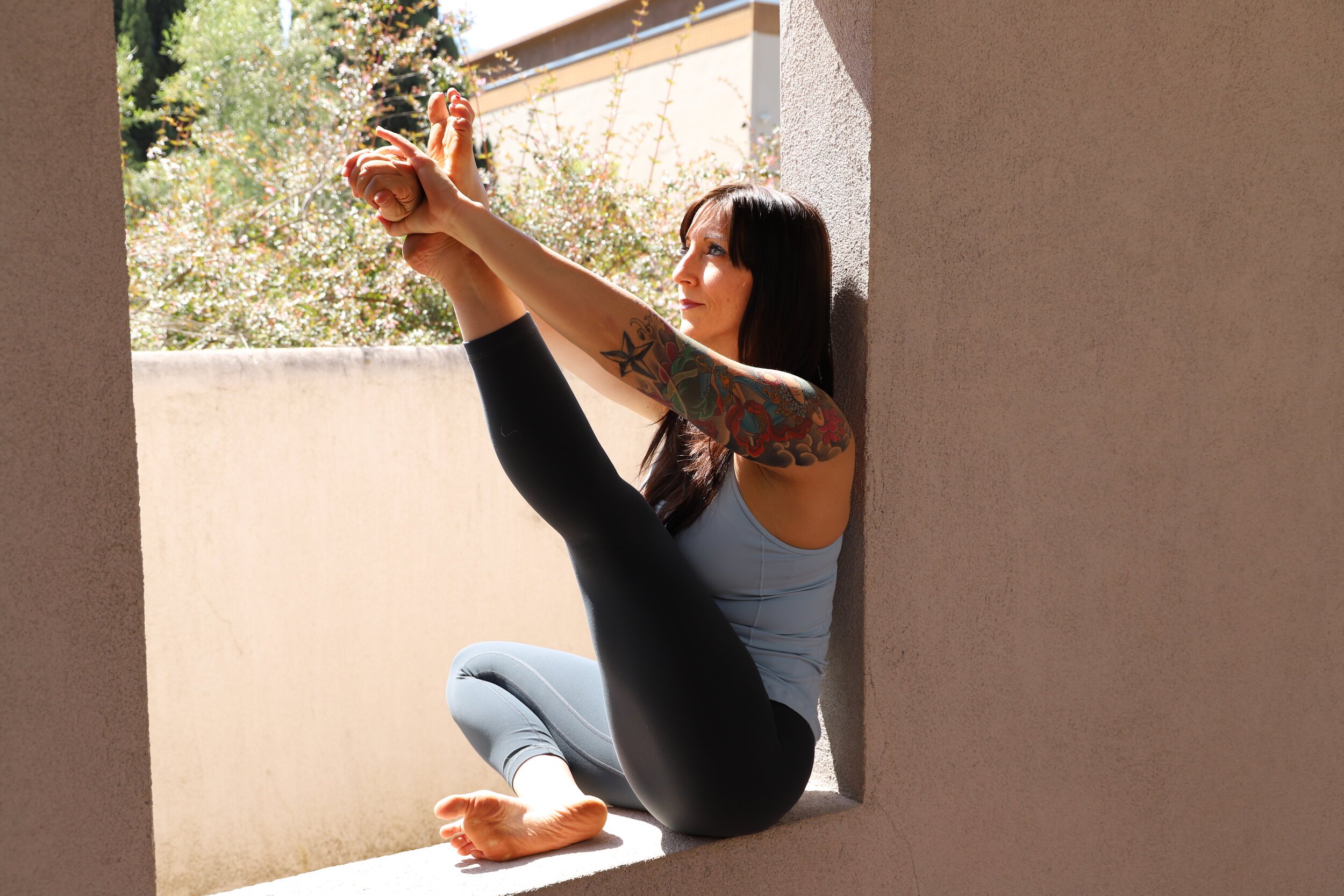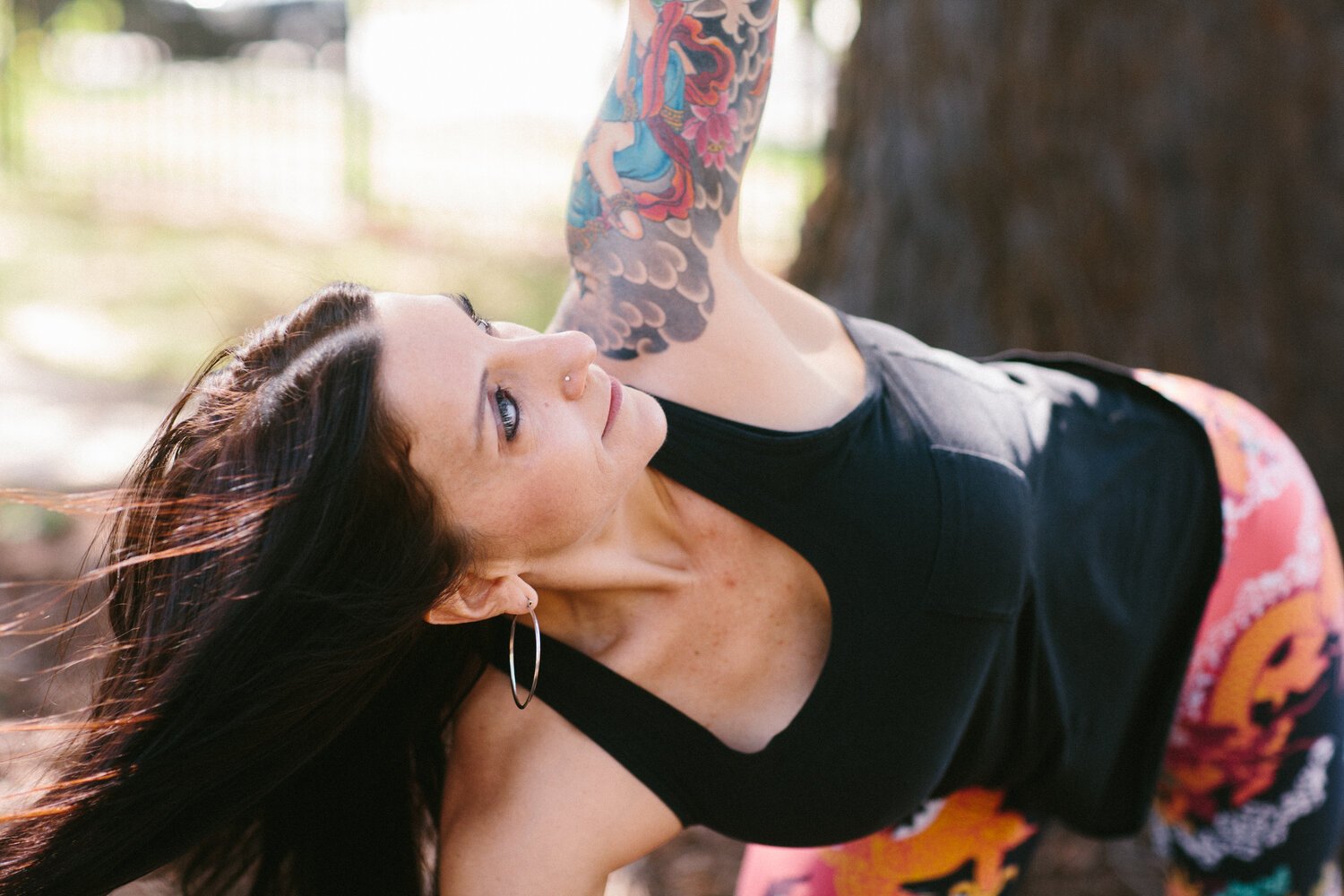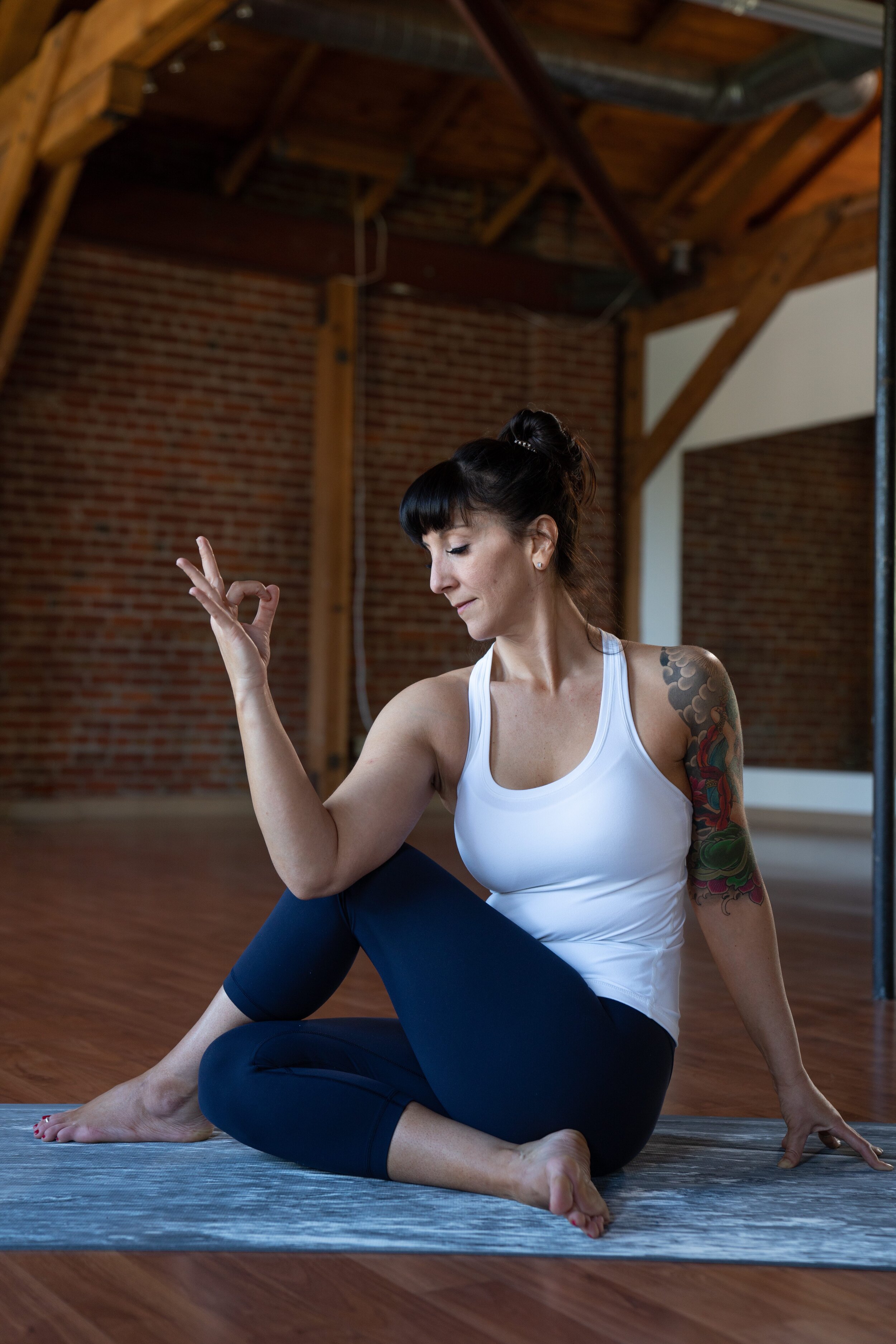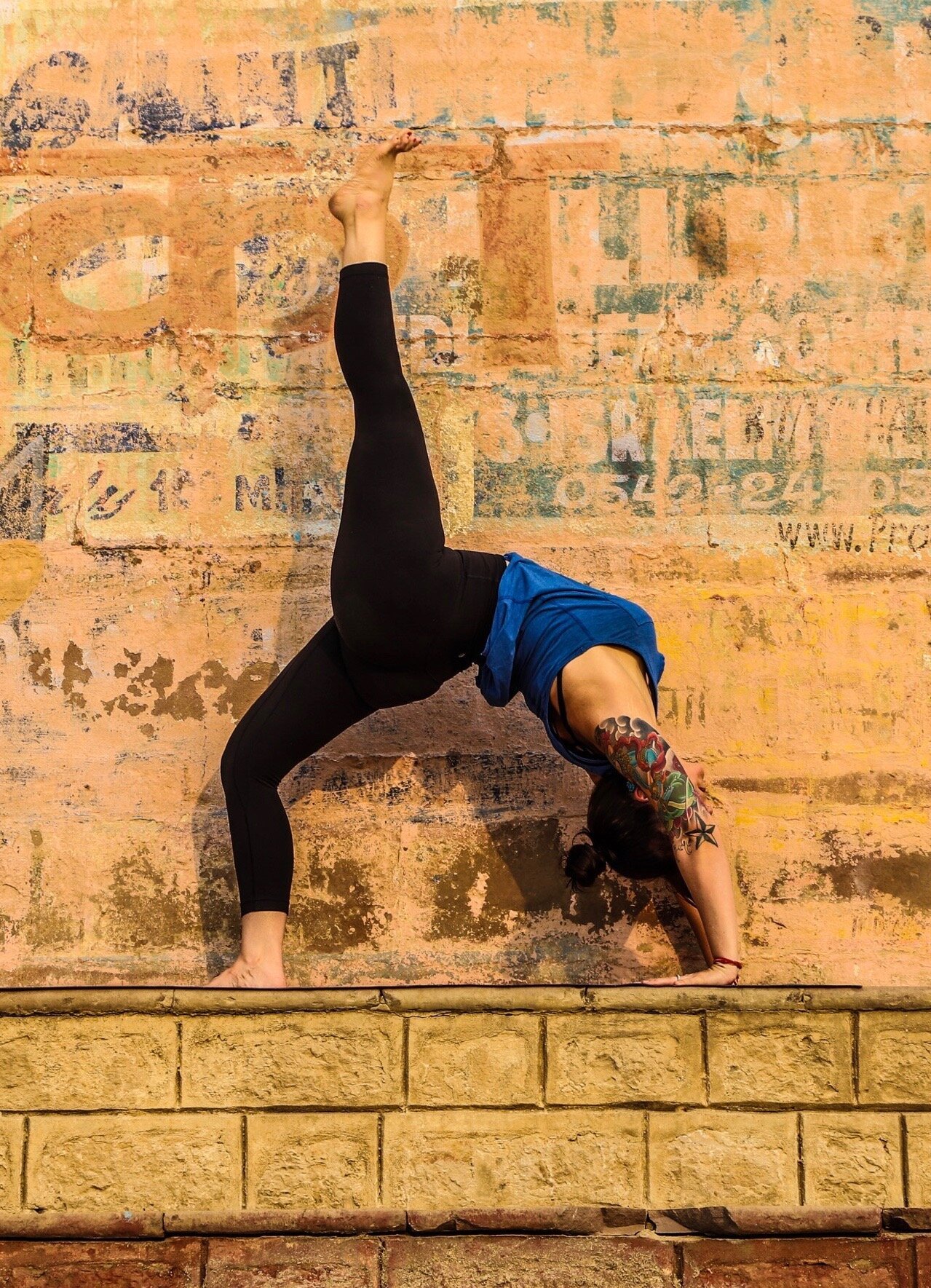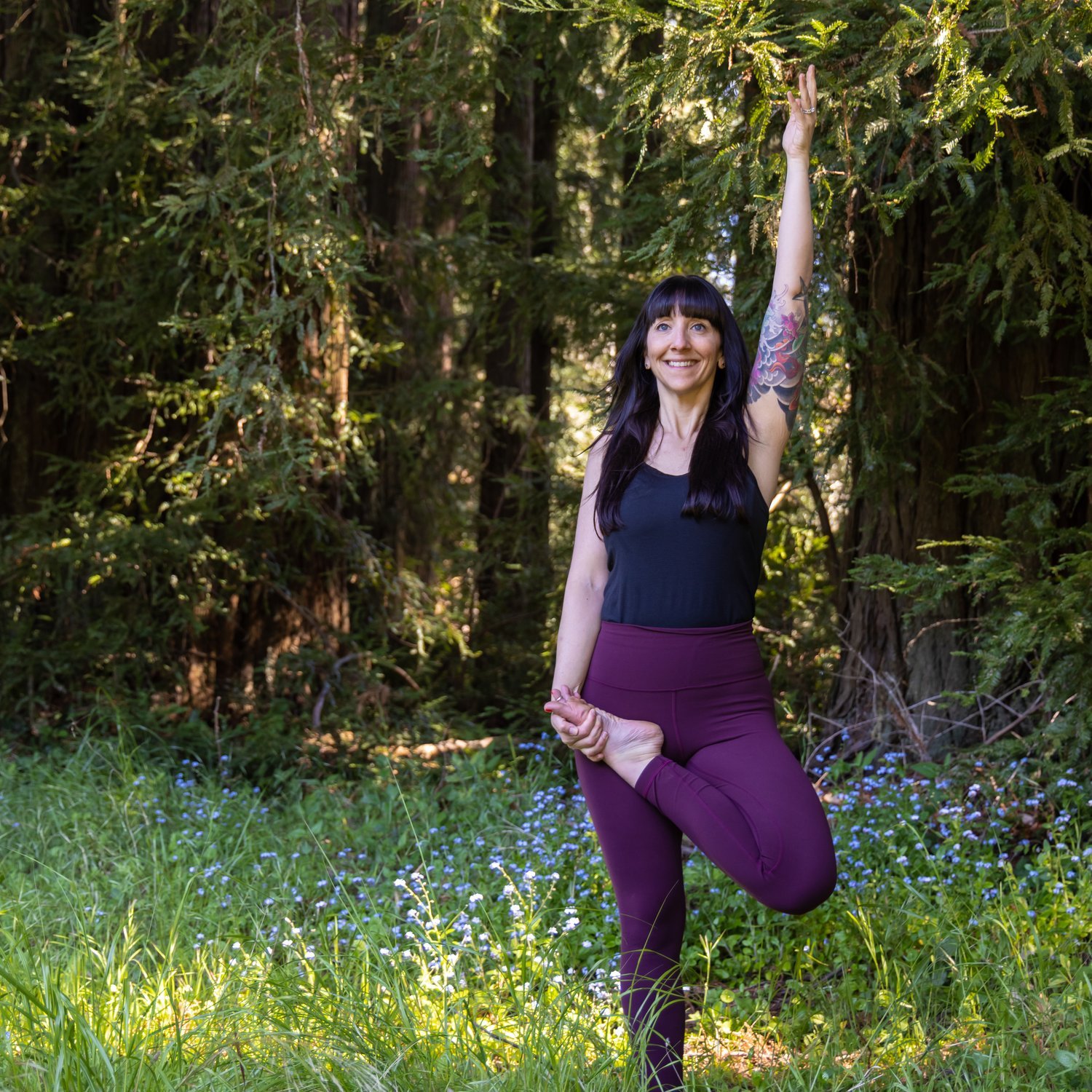workshops
join an immersive workshop
I offer various workshops and educational immersions throughout the year taught both in person and online.

No Loss for Words: Language Development for Yoga Teachers
December 5-7th, 2025
As yoga teachers and movement professionals, the words that we speak carry weight. We use language for many purposes; to orient bodies in space, suggest a variation of a pose, generate strong brain-body connections, and to create a sense of acceptance and community. The words we speak can be an invitation to bring students deeper into their practice or can leave students feeling alienated. Words matter.
Join Noell Clark for this 15-hour training on language development for yoga teachers and movement educators. This course will cover:
types of cueing – internal, external, verbal, and proprioceptive
deconstructing fear-based and hierarchical instruction
cultivating inclusive and invitational language
using creative imagery in your teaching
diversifying your technical language
speaking to bodies in motion

Movement Lab: Practical Anatomy & Kinesiology
January 30th - February 1st & February 27th - March 1st, 2026
Movement Lab is a 30-hour course that examines functional anatomy and key kinesiology concepts to better understand yoga asana and other movement modalities. We will investigate human movement in an interactive and engaging manner through a combination of experiential practices, lectures, and discussions.
This course provides resources for yoga teachers and movement professionals to see bodies and motion in new ways. Through a deeper understanding of how movement is created, alignment patterns, and effective sequencing, you’ll gain tools to elevate your teaching.
For those who are not yoga teachers, Movement Lab provides insight for creating more fluidity in poses, a deeper mind-body connection, and strategies for increasing strength, mobility, and flexibility in your practice.
This course explores:
The role the central nervous system plays in movement
How the musculoskeletal system creates movement
Postural patterns and joint function
Strategies for creating more efficient alignment in asana
Why yoga is considered “functional” movement
How our unique anatomy informs yoga postures, and why yoga is not “one size fits all”
The science of strength, mobility and flexibility
